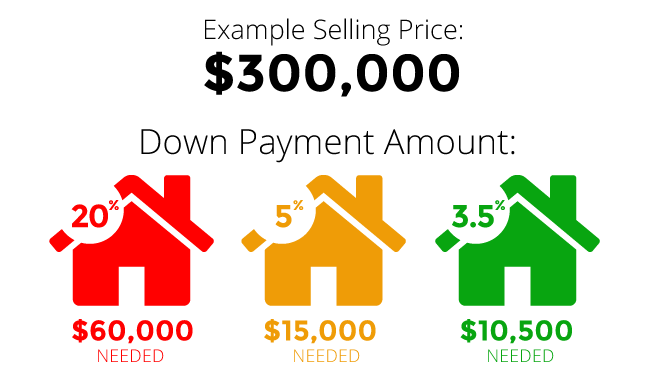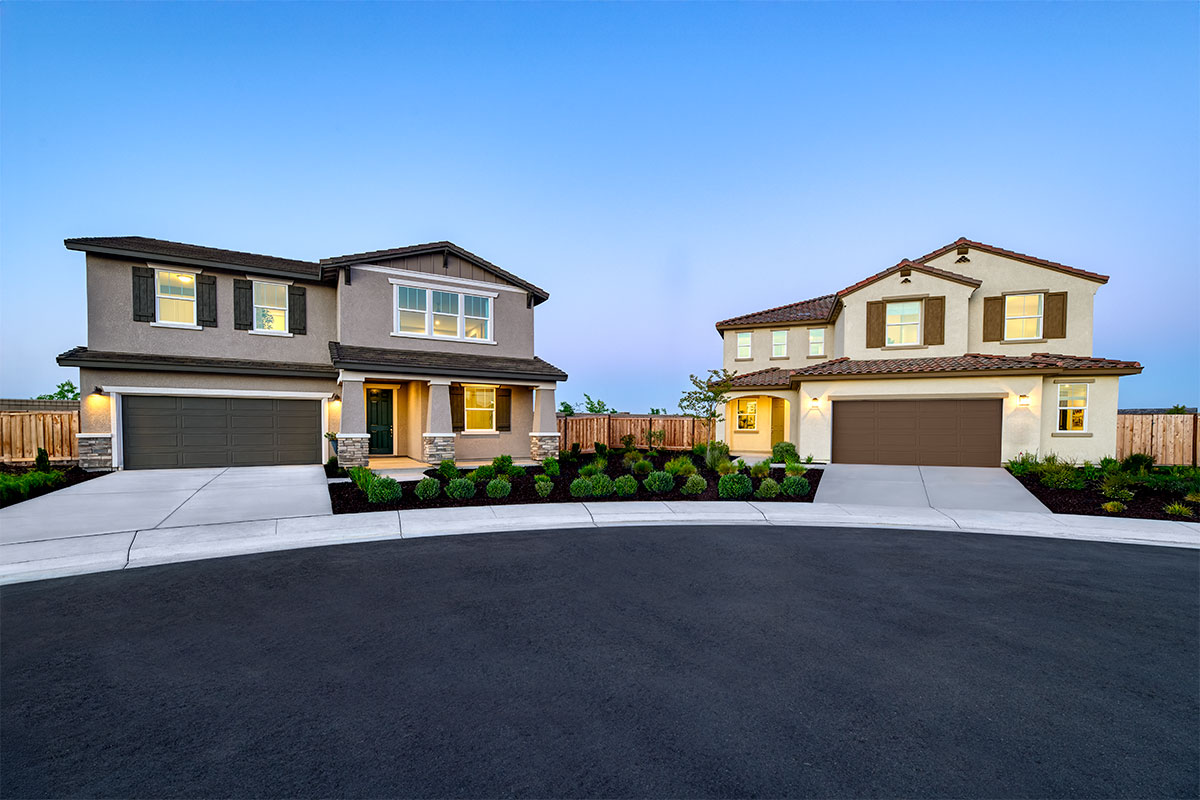Insured by the Federal Housing Administration (FHA), FHA loans are an attractive option for first-time and repeat homebuyers, as well as those interested in refinancing their current home loan. Many factors contribute to the popularity of FHA loans—chief among them being a lower down payment requirement (as low as just 3.5%), compared to as much as 20% with other loan types.
How much savings could that 3.5% down mean for you? Let’s use an example house sale.

If you’re an entry-level buyer scrimping and saving for a down payment on your first home, you can see that even the difference between a 3.5% and a 5% down payment could be a major help.
While a low down payment is an enticing benefit of FHA loans, it’s not the only one. In contrast to a conventional loan, you may also enjoy potentially lower closing costs and more flexible qualification standards (e.g. less stringent credit score requirements).
So, are there potential downsides to FHA loans? Well, FHA loans may require borrowers to have mortgage insurance for the life of the loan, depending on loan-to-value ratio (LTV). Conventional loans generally only require mortgage insurance for as long as the home’s LTV is greater than 80%, based on the original value of the home (with a good payment history and recertification of value). In other words, once a borrower pays down 20% of a conventional loan, they’re no longer required to pay mortgage insurance.
For more on FHA loans and how you might qualify, check out What is an FHA Loan?—or call our affiliate HomeAmerican Mortgage Corporation at 866.400.7126.




